At Lazy Susan we’re big advocates of growing plants native to the British Isles as they provide nectar for native pollinators such as hummingbirds, bees, butterflies, moths, etc.
In addition to the environmental benefits, they’re low maintenance and use significantly less water than the more exotic varieties.
You’re growing them where they're meant to be, and that means less need for pesticides and artificial feeds, so they’re healthier and cheaper too.
That said, we love an exotic species as much as the next gardener, they’re a challenge to grow and, well, a little more exciting and showy.
After all, we work so hard on our outdoor spaces to create a place that’s a joy for us to spend time in. I suppose it is all about balance too, creating a garden that gives back to mother nature but is also beautiful for us to look at.
Our gardens have been significantly enriched by the introduction of plants from warmer climates for centuries, many thriving with very little effort in our less than tropical paradises.
However, plants from other parts of the world can be invasive too, reproducing rapidly and potentially choking out our native vegetation that is so important in supporting our local ecosystem and wildlife.
So, if like us you want to try turning your green thumb to something a little more tropical and exotic, then it is important we select plants that are not considered invasive and help us plant more responsibly.
If you’re interested in learning more about invasive non-native plant species then the RHS has a comprehensive guide to prevention and protection.
So that leaves us (no pun intended) the question, what exotic plants can we grow?
Well, funny you should ask... The Lazy Susan team have selected 5 of our favourite exotic plants you can safely grow in the UK!
1. Calla Lillies
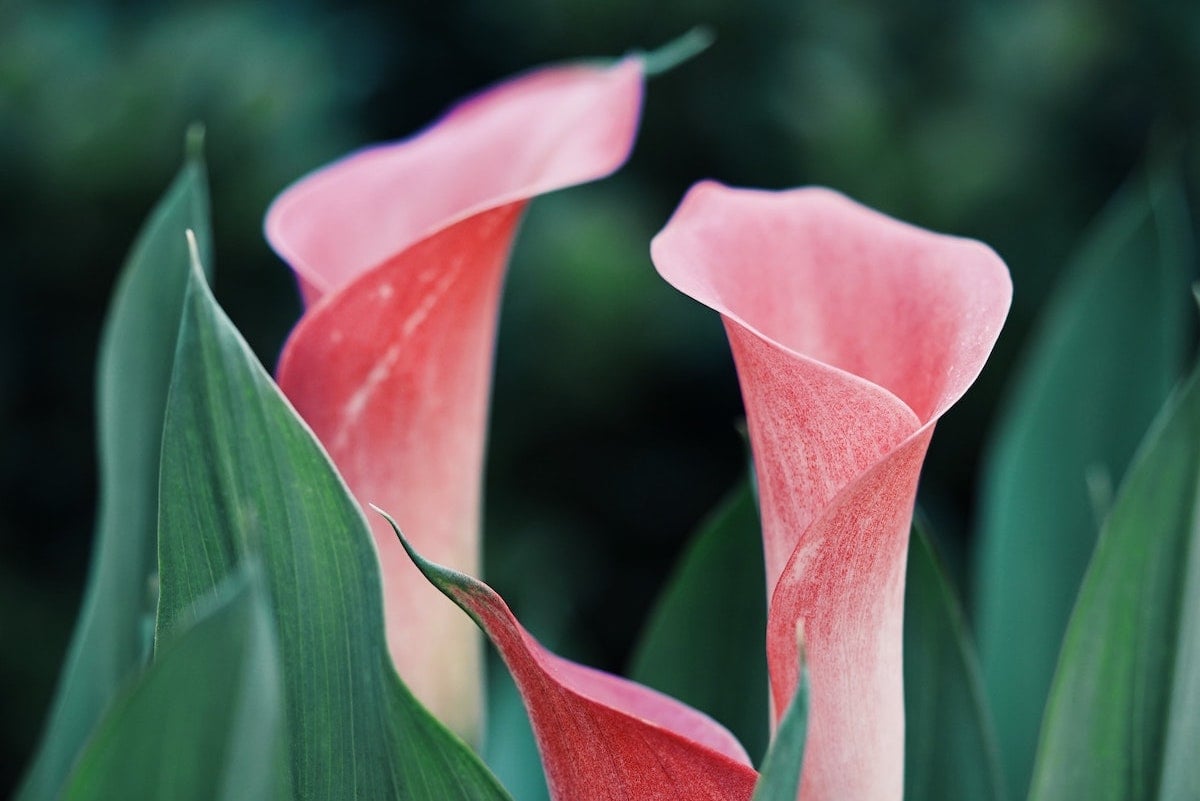
We love a lily here at Lazy Susan HQ and the Calla Lilies aka Zantedeschia will add a low-maintenance splash of pretty funnel-shaped blooms to your garden that is simply hard to beat.
These fab plants are compact in size but very easy to grow in the UK. Their wonderful blooms are available in a full spectrum of vibrant colours but we love the tropical salmon pinks.
You can pop them at the front of your borders or plant them in pots. They’ll thrive in sun or partial shade and their flowers and lush green foliage will last for most of the British summertime.
The Calla bulb has proven to be quite hardy in the UK too, with build returning year on year if the conditions are right. However, we would recommend that you lift them out of the ground at the start of autumn and store them for replanting mid-spring the following year.
2. Japanese Banana Plants
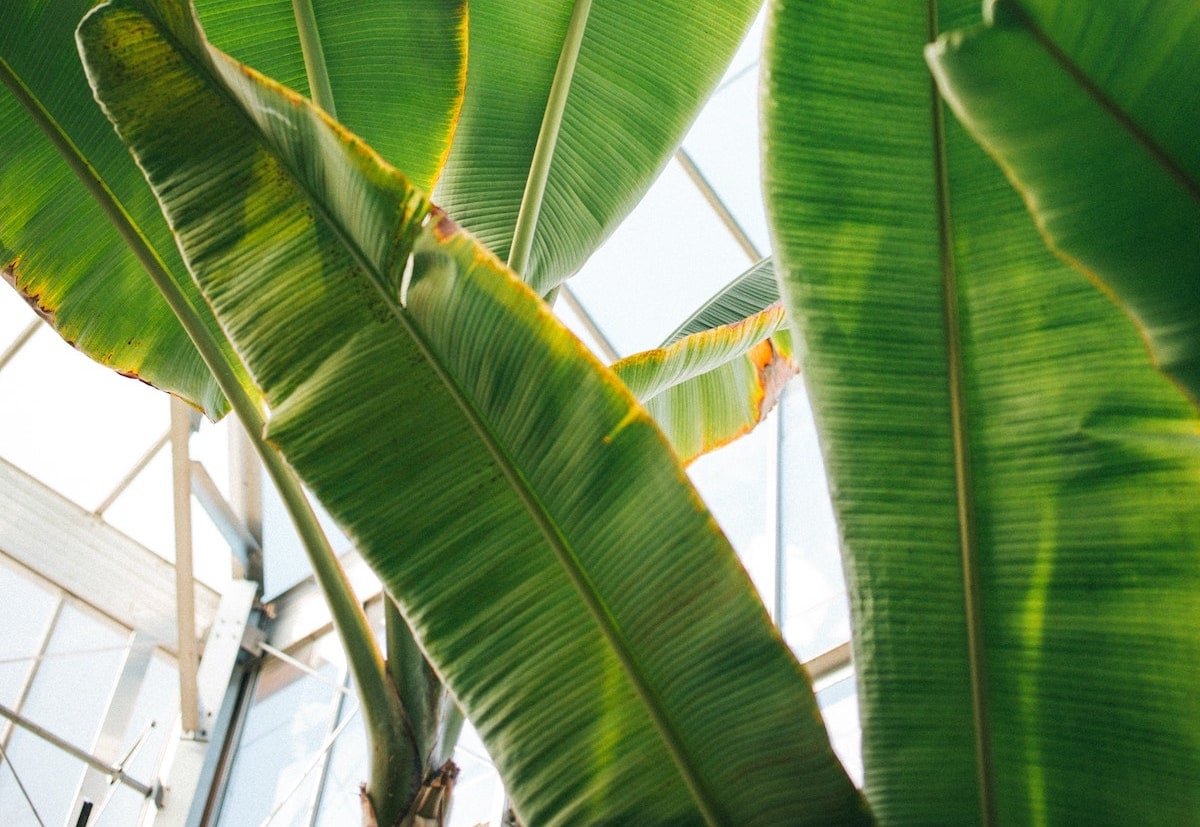
The Musa Basjoo is a hardy Japanese banana plant whose striking foliage is a firm favourite here at Lazy Susan. Those stunning large upward-arching bright green leaves are guaranteed to deliver architectural impact.
They exude tropical vibes and, if you’re lucky, they may even bear fruit. It will produce some wonderful pendant-like pale yellow flowers and behind those, the small inedible bananas will grow.
The plant itself is a perennial that can grow up to about 10-12 ft. tall and 6-8 ft. wide, but the top dies down in winter so it may need some protection from a plant fleece jacket/protection bag if the temperature dips below freezing.
It loves full sunshine but has proven to be pretty hardy and is known to thrive in shade too. We’ve found that it also grows well in a large pot and when placed on your patio will bring a touch of the tropical with those large leaves casting wonderful shadows as the sun sets.
3. Jasmine
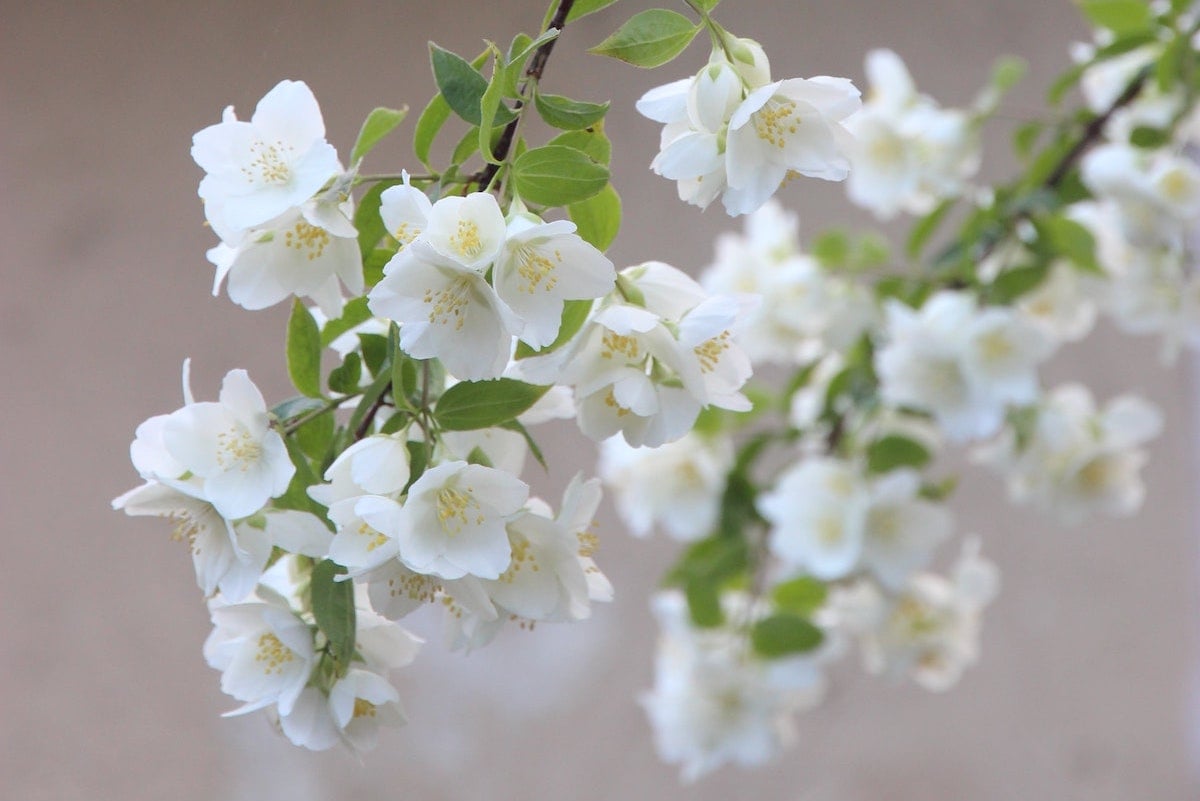
Jasmine might not be as alien to us as some of the other exotic plants in this article but it is probably my personal favourite. It has such a wonderful scent and always brings some much-needed tranquillity to any garden.
It is best planted in a sheltered spot with light shade/plenty of sun, preferably close to your back door or patio so you enjoy that divine fragrance. We love the classic Common or Cottage Jasmine aka Jasminum Officinale with its small clusters of fragrant flowers.
Common Jasmine is a vigorous climber and I have it planted in a large pot with support trained around guide wires above our patio doors. It likes moist but well-draining soil and we’ve found feeding it with a weekly high potash fertiliser in summer and manure has really helped it to grow.
4. Fan Palm
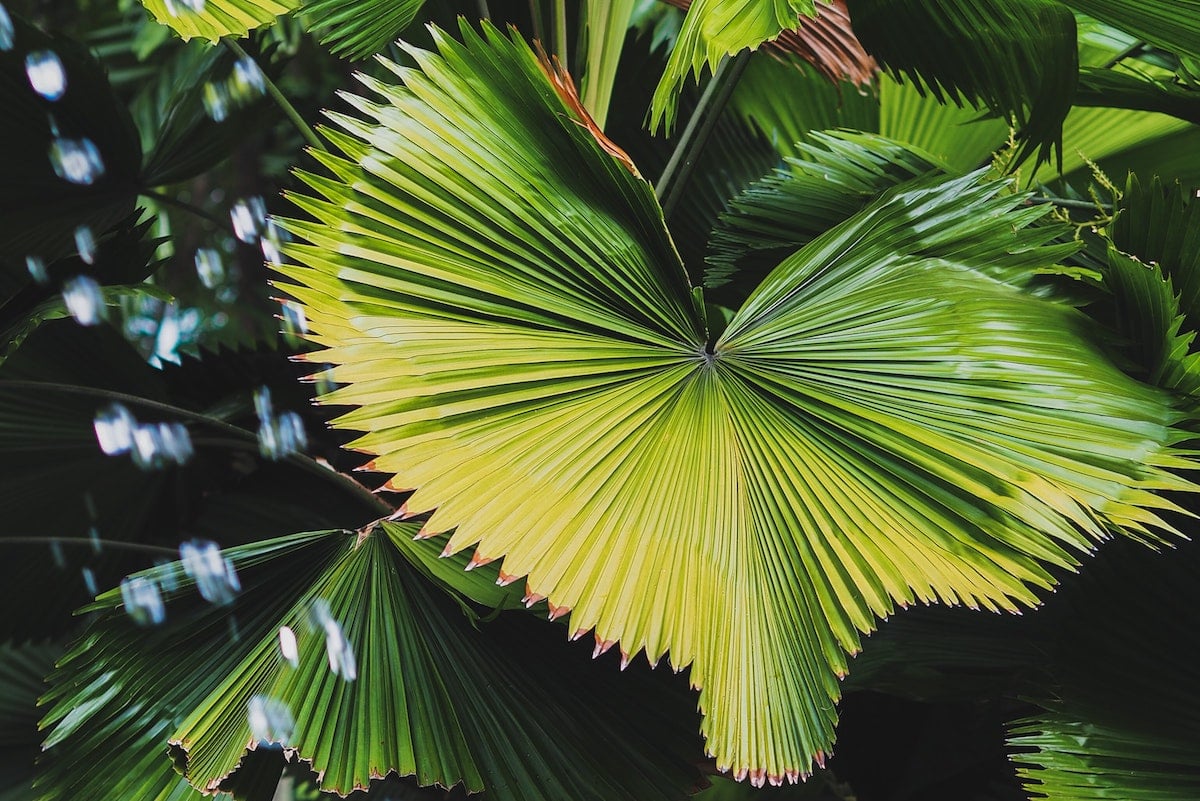
No exotic plant list would be complete without a palm and the Fan Palm gets the vote from us. They can grow up to about 1 metre high with a spread of around 1.5 - 2 metres.
The Fan Palm is one of the hardiest palms you can grow, making it perfect for the UK, and these beautiful exotic trees always make for a superb garden centrepiece.
They are easy to grow and their large fan-shaped leaves arch beautifully from the trunk, with the mature trees producing a long yellow flower in the summer.
Fan Palms like well-drained, fertile soil in full sun or light shade, and they will need extra protection from strong winds and winter frosts. For those reasons, we find them best grown in large pots but they will require re-planting with fresh soil every couple of years.
5. Bear’s Breeches
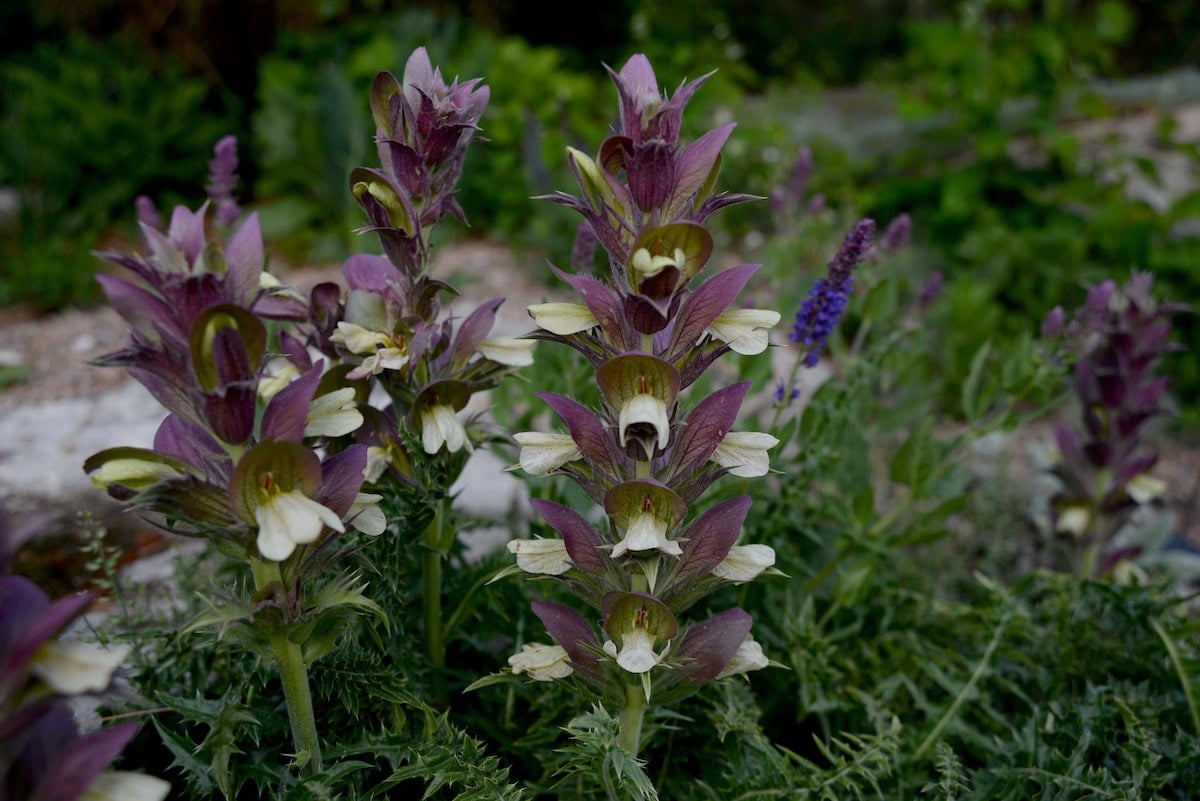
I promise you it is not the just fabulous name that we love about Bear's Breeches aka Acanthus Mollis is a magnificent architectural hardy perennial that’s just perfect for large borders.
Perfect for cottage gardens, it is a semi-evergreen that needs partial sun/semi-shade. However, give it plenty of room and this majestic plant will wow with its glossy foliage and tall spikes of beautiful flowers.
It will grow to a height of about 1.5 metres with a spread of around 1 metre, so it needs a good chunk of space, but the foliage alone makes it a real eye-catcher.
They generally bloom in late spring to mid-summer and will continue to do so for around 3 to 4 weeks but that very much depends on the microclimate in your garden and what mother nature is up to.
Our native pollinators love this plant but whilst not invasive it can be a little aggressive and squeeze out neighbouring plants. To keep it in check, plant it in a bottomless container sunk into the ground so the roots grow down rather than spreading out.

Pro Gardeners Tip
The key to growing healthy exotic plants is to give them a head start in the spring by growing them indoors before transplanting them to your garden. Lots of water and warmth are what they need to get a good head start.
If you’ve had any success growing exotic plants in the UK, please share them in the comments below.



